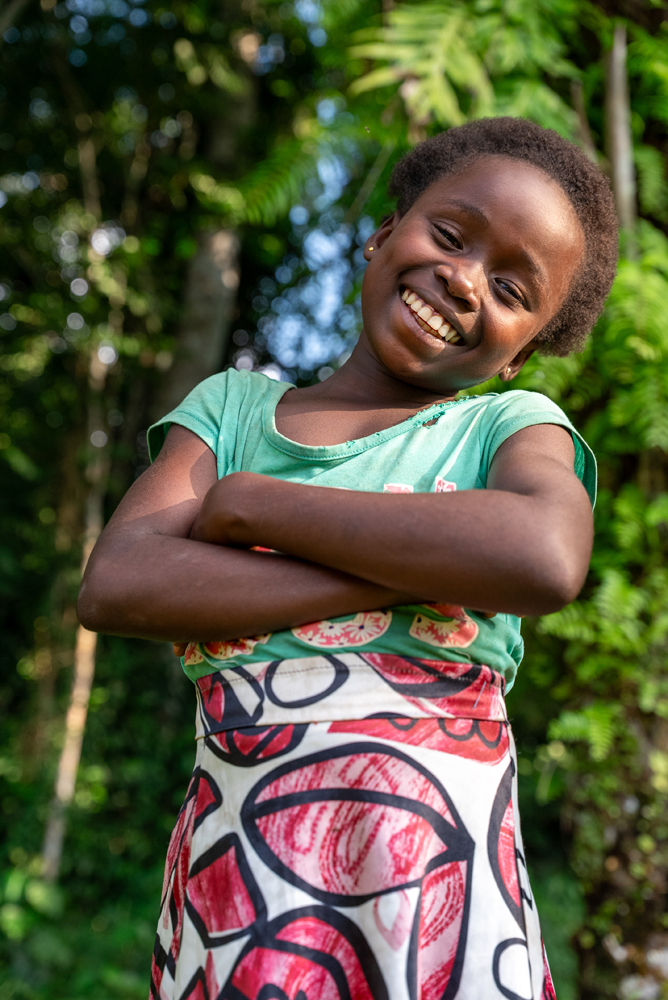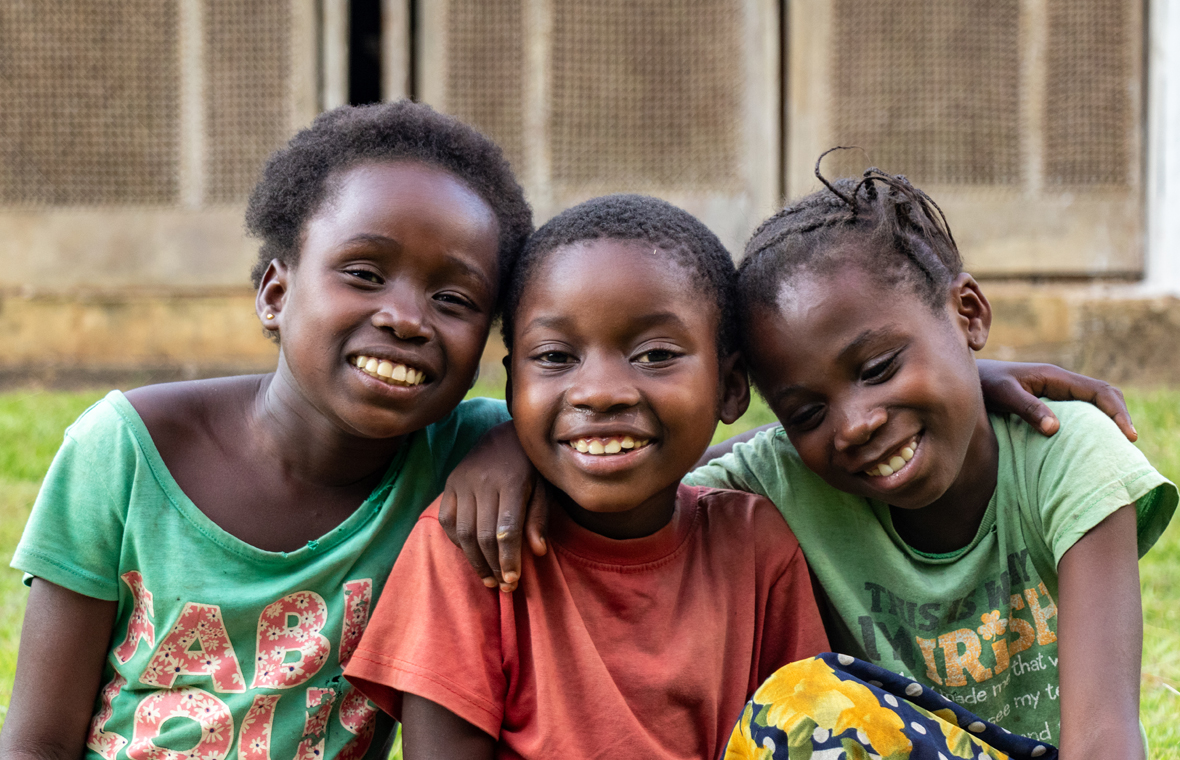Beyond Books: How Ilima’s School is Cultivating a Culture of Conservation

Pupils from Ilima School
At eleven years old, Mboyo Elombe already has a few loves. The first is a love for the natural wealth that her village holds. Her second is school. And her third is the Bonobo.
For the past three years, Mboyo has been a member of the “Bonobo” Club, one of the three environmental clubs set up at Ilima Elementary School.

Mboyo Elombe, 11 year old, Pupil in Ilima School
"At school, I learned that the Bonobos can't survive outside the forest, so we have to protect the forest to save them," she beams. She is in sixth grade and her third year as a member of The Bonobo Club.
Her village, Ilima, is a small commune of about 3,000 inhabitants located in the Maringa Lopori Wamba landscape. Here, under the canopy of trees that look to be older than time, the air seems cleaner than in most parts of the world, and the water in the rivers from which the wildlife drinks runs clear in the streams and rivers that cut across the village.
For Mboyo, whose ambition is to inspire those who will come after her, this is happiness. “She knows everything by heart,” Jean Mboyo, her father, says. “She speaks about the Bonobos in detail and with great clarity.”
All this interest, her father says, is because of her involvement with the Bonobo Club.
The club is named after the Bonobos, apes that are thought to be man's closest cousins as they share 98.7 percent of the human genetic makeup. Mboyo’s school is not the only one in the village. Over the last 12 years, it has contributed its fair share in educating the children of Ilima, shepherding more than 1,400 pupils through its gates.
But it has something that many other schools do not have.
Here, environmental education is as central to everyday learning as other key subjects such as mathematics and French. Class work is punctuated by the important role played by the environment, and why it is important to protect it. This information is first given in school and then transmitted to the homes by the children who act as conduits of knowledge to those without the privilege of attending school.
Bit by bit, home after home, conservation knowledge is slowly becoming a mainstay at dinner conversations and family gatherings.
It hasn’t always been like this, though.
“In the beginning, the school was not attractive to the community. We started with 142 pupils, including 64 girls and 78 boys, but three years later we saw a change, reaching 327 pupils: 173 girls and 154 boys. Since then, the number of girls enrolled at Ilima has always been higher than the number of boys,” says Antoine Tabu, AWF’s coordinator in the DRC.
Antoine attributes this increase to the quality of the education provided by the school and, critically, the attractive environmental extracurricular activities on offer.

Children singing and dancing
Activities that break the normal routine of school through the use of poetry, dance, songs, and experiential learning all with the undertones of conservation.
"We group pupils in grades 3, 4, 5, and 6 into three school clubs—Bonobo, Lomako and Elenge. The clubs run three times a week from 1 p.m. onwards, so as not to interfere with the normal school timetable,” explains Divin Nemo Bongwalanga, AWF consultant in charge of environmental education at Ilima School. “All we do is talk to them about the environment.”
When Bongwalanga talks of the children of Ilima, pride underlines every word he speaks.
“If you go to their homes, you’ll find a child who forbids his parents to cut down trees or kill wild animals because of what they’ve been taught,” he says.
The school walls are made from sun-dried adobe bricks. The trusses, roof framing, door frames, and roof shingles are built from Lifake hardwood. Other institutions are noticing this change.
“Since AWF built the conservation school, several other schools have followed. In 2013, there were only two elementary schools in the village. Today we have around ten, including secondary schools,” says Lokuli Bokumbe, chairman of the parents’ committee.
Bits and pieces about the beauty of Ilima, including Mboyo’s beloved Bonobos, have made it into everyday classroom sessions.

A Bonobo perched on a Tree branch
“When I teach children mathematics I use Bonobos, elephants, or even trees as units, instead of talking about tomatoes or stones,” Bolowa Lokuli Rachel, a teacher at Ilima, says. “This helps them to not only remember the names of the animals but to also recall what they learn in class.”
Bolowa believes that these new tactics have greatly improved the performance of the children of the school. And now, many more want to join it.
“For the last 8 years, our school has been ranked among those that have the best pupils in the village,” Bomambo Eokekala Jean-Pierre, the school’s principal says. “This reputation has earned us a lot of requests. Normally, a class should accommodate a maximum of 26 pupils. But we have classrooms with over 30 to 35 pupils, which requires more effort from the teachers.”
Every day Mboyo and her fellow Bonobo Club members inch closer to being the positive influence they desire to be. For those three days of the week, lunchtime does not come soon enough as they wait to hear more about Bonobos found only in the Democratic Republic of Congo with distinguished black faces, red lips, two or three webbed toes, a tail tuft, and parted long hair.

Mboyo and her fellow Bonobo Club members
Explore more of our work in the Maringa-Lopori-Wamba landscape